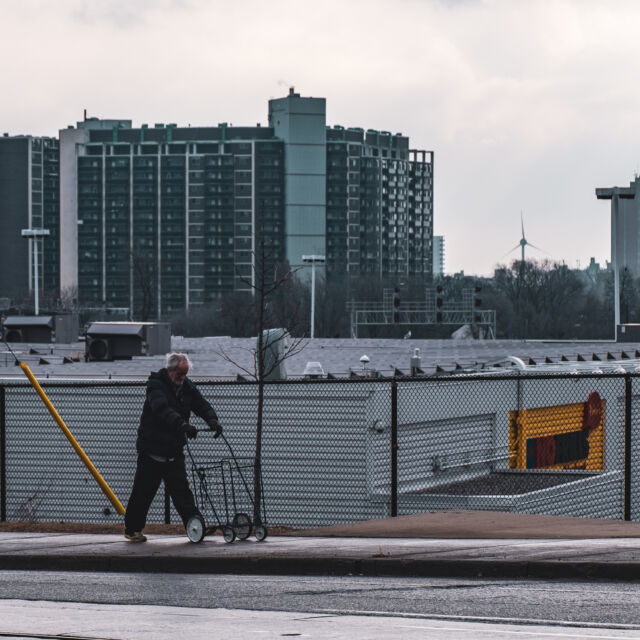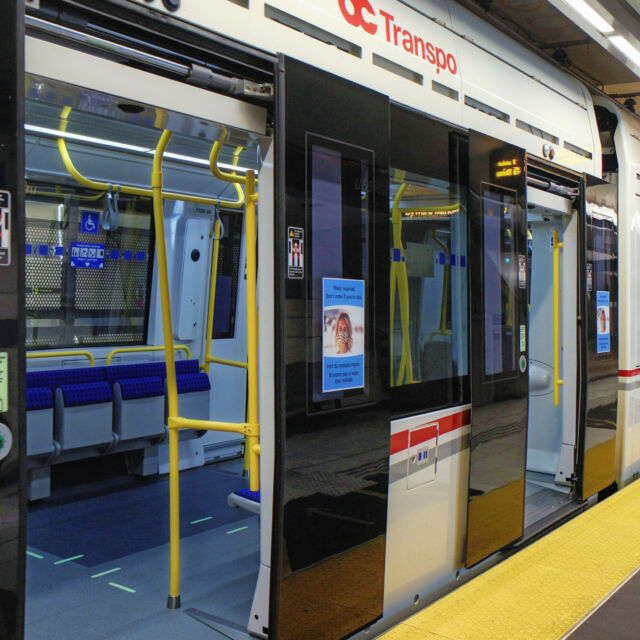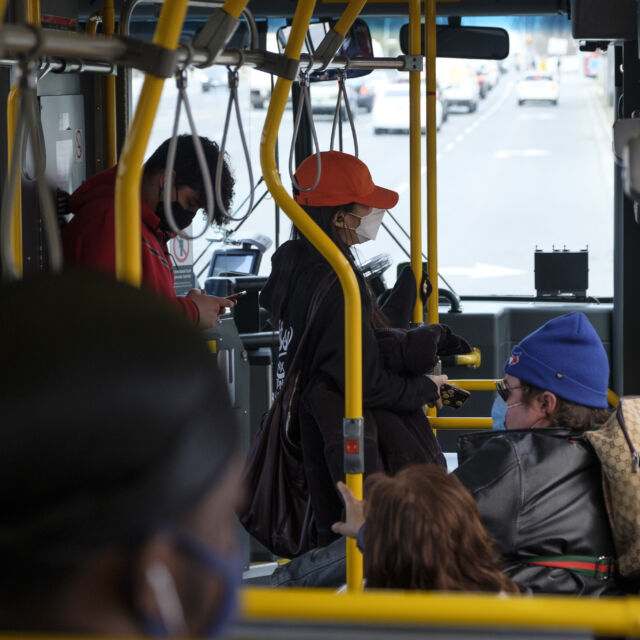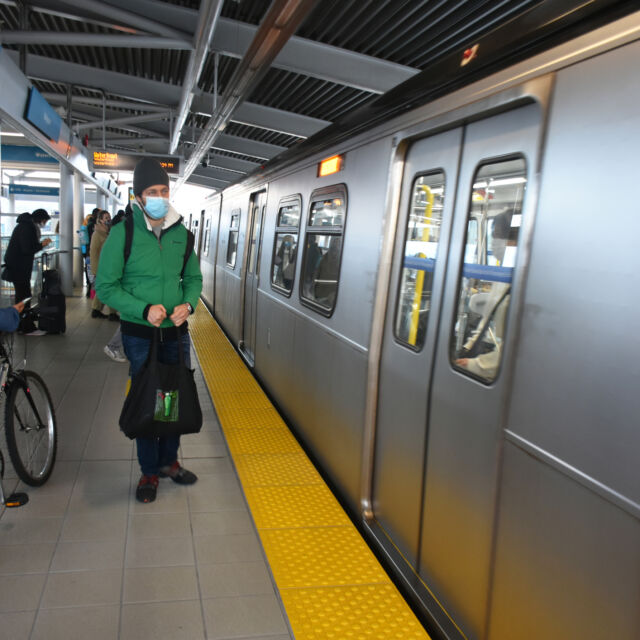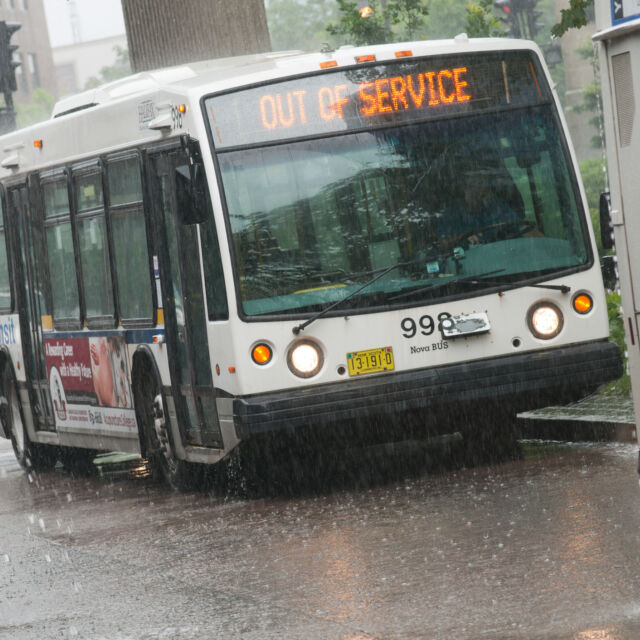- Current Issue
- Monitor Online
- Reports
- Behind the Numbers
- Our Schools / Our Selves
-
- 2SLGBTQ+ Equity
- Agriculture & Farming
- Alberta
- Alternative Federal Budget
- Anti-Black Racism
- Behind the Numbers
- Beyond Recovery
- Book Review
- British Columbia
- Child Care & Early Education
- Cities
- Climate Change
- COVID-19
- Culture
- Data Dashboards
- Degrowth
- Democracy & Electoral Rights
- Digital Divide & Internet Policy
- Disability Justice
- Economic Growth
- Education
- Federal Budgets
- Food Justice
- French
- Gender Equality
- Globalization
- Health Care
- Housing & Homelessness
- In Conversation
- Indigenous Rights
- Inflation
- International Politics
- Just Transition
- Labour & Worker's Rights
- Living Wage
- Manitoba
- Media Democracy
- Migrant Rights
- Minimum Wage
- Monitor Online
- Monitor Print
- Neoliberalism
- New Brunswick
- Newfoundland and Labrador
- Newsletters
- Nova Scotia
- Ontario
- Our Schools Our Selves
- Post Secondary Education
- Poverty & Inequality
- Precarious Work
- Prince Edward Island
- Protest & Social Movements
- Provincial Budgets
- Public Services & Privatization
- Quebec
- Racial Equity
- Reports
- Saskatchewan
- Seniors & Long-Term Care
- Shift Storm
- Social Determinants of Health
- Tax Policy & Tax Fairness
- Trade
- Unemployment & Underemployment
- Urban Space & Right to the City
Archives
Reimagining the future of Canada's public transit
March/April 2022 Issue
From the Editor
All's fare?
Public transit budgets deserve better than farebox recovery revenue.
In this Issue
Settler Work: Equity and safety gaps in Canada's public transit systems
Exploring the structural, organizational and systemic barriers to equitable public transit service, using the Thunder Bay system as a case study.
Building cities for everyone: In conversation with Leslie Kern
Kern sat down with the Monitor and CCPA National Office Senior Researcher, Katherine Scott to talk about her research and building more equitable, accessible cities.
An equitable recovery for Para Transpo
Para Transpo assumes that para riders’ time is not valuable, that they have few important obligations and that their lives should be limited due to mobility and accessibility needs.
Five resources to understand the future of transportation
Electric vehicles have emerged as the poster child of the zero-carbon economy. If we could only manage to replace all our internal combustion engines with batteries, it seems, we’d be well on our way to a greener world. But is achieving net-zero emissions really that straightforward? And is a society and economy dependent on personal vehicles—zero-emission though they may be—actually the future we aspire to?
The future of Ottawa’s transit after the light rail debacle
I remember the excitement I felt when Ottawa’s long-awaited light rail train finally opened to the public. But what it promised and what it delivered turned out to be two very different realities. Why did this happen, and what does this mean for the future of Ottawa’s transit?
Out of service: Creating accessible transit is a win for everyone
Have you taken the bus recently? Your answer says a lot about where you live, your income and more.
Pandemic, privatization and people power
A brief history on the attack of Canada’s public transit system and how we’re trying to defend it
Preventing a downward spiral for transit isn’t complicated
Convenient, accessible public transit isn’t a nice-to-have for cities. It’s an essential part of urban life and can’t be left to wither.
China’s transport project meets stiff resistance in Balochistan
The China-Pakistan Economic Corridor, part of China's BELT and Road Initiative, has met fierce resistance in Pakistan's Balochistan province. Here, CPEC is seen as unlawful occupation of Baloch land that contravenes international human rights law.
Free to ROAM: Fare-free public transportation arrives in Alberta
One solution to the transit death spiral is to make transit free for riders and find alternative funding. In the past decade, at least six towns in Canada have made public transit free on local routes, including three in Alberta.
Commuting by the numbers
How we commute was changing even before the pandemic began. If public transit is going to replace single passenger cars for the daily drive, understanding these shifts is critical.
Contributors
Authors appearing in this issue

Róisín West
Róisín (they/she) is the Senior Editor of the Monitor and Behind the Numbers. They write about disability and accessibility, civic engagement, and media. Find them on Twitter at @RoisinWest.

Hadrian Mertins-Kirkwood
Hadrian Mertins-Kirkwood (he/him) is a senior researcher at the CCPA, where he focuses on international trade and climate change policy in Canada. Follow Hadrian on Twitter at @hadrianmk. He runs the Shift Storm newsletter about work and climate change—sign up for it here.

Laura Shantz
Laura Shantz (she/her/they) is a long-time transit rider and a member of Ottawa Transit Riders, a local grassroots organization that works to improve transit for all riders, especially those with mobility challenges. Find them on twitter at @Laura_Shantz

Sally Thomas
Sally Thomas (she/her) is a two-time Paralympic alumna and a long-time transit advocate, pushing for greater accessibility of transit and equity for Para Transpo users. Find her on twitter at @sallycthomas.

John Di Nino
John Di Nino (he/him) is the National President of ATU Canada, the country's largest transit union consisting of over 34,000 members. A transit mechanic by trade, John has been president since 2018 and involved in the labour movement for the past three decades. Follow ATU Canada on twitter at @atu_canada.

Marco D’Angelo
Marco D’Angelo (he/him) is President of the Canadian Urban Transit Association. Follow CUTA on twitter at @CanadianTransit

Emma Bainbridge
Emma Bainbridge is a freelance writer interested in climate and social justice whose work appears in Xtra, J-Source, Midnight Sun Magazine, and more. She studies political science and urban studies at McGill University. Find her on twitter at @emmakbainbridge

Shelagh Pizey-Allen
Shelagh Pizey-Allen (she/her) is the Executive Director of TTCriders (@TTCriders), a membership-based group of transit users in Toronto. TTCriders participates in the pan-Canadian Keep Transit Moving Coalition, which campaigns for the federal provision of transit operations funding.

Ari Vangeest
Ari Vangeest (he/him) is an activist situated in Toronto. He wrote his master’s thesis on
the rise of free public transit in Canada. Follow him on twitter at @arivangeest
Show your support
We provide you with groundbreaking and timely progressive commentary and analysis on the key policy issues of the day. Help us keep the online Monitor free from paywalls. Donate a minimum of $35 today and you’ll also receive the print Monitor magazine in your mailbox six times a year.
Support the Monitor


